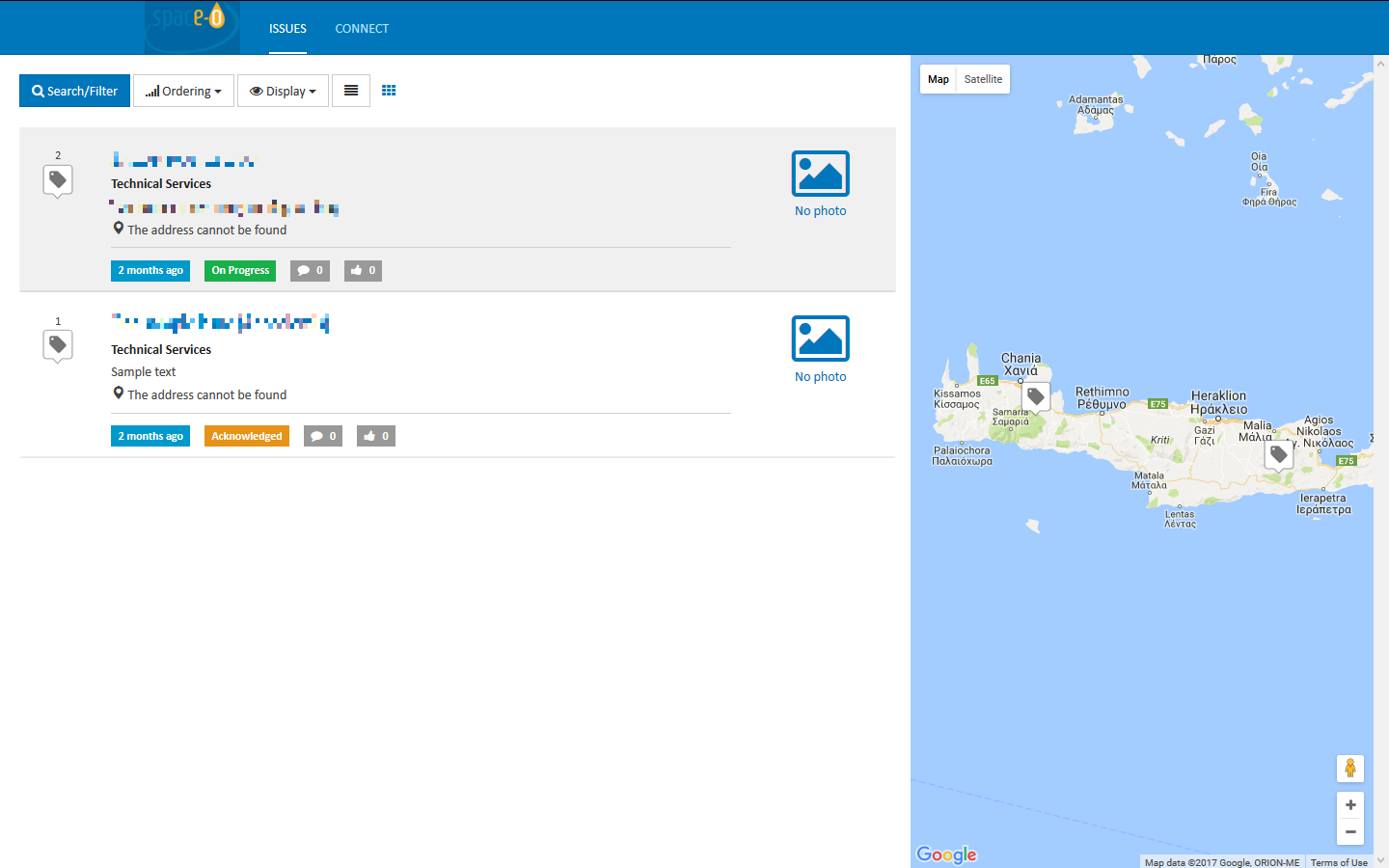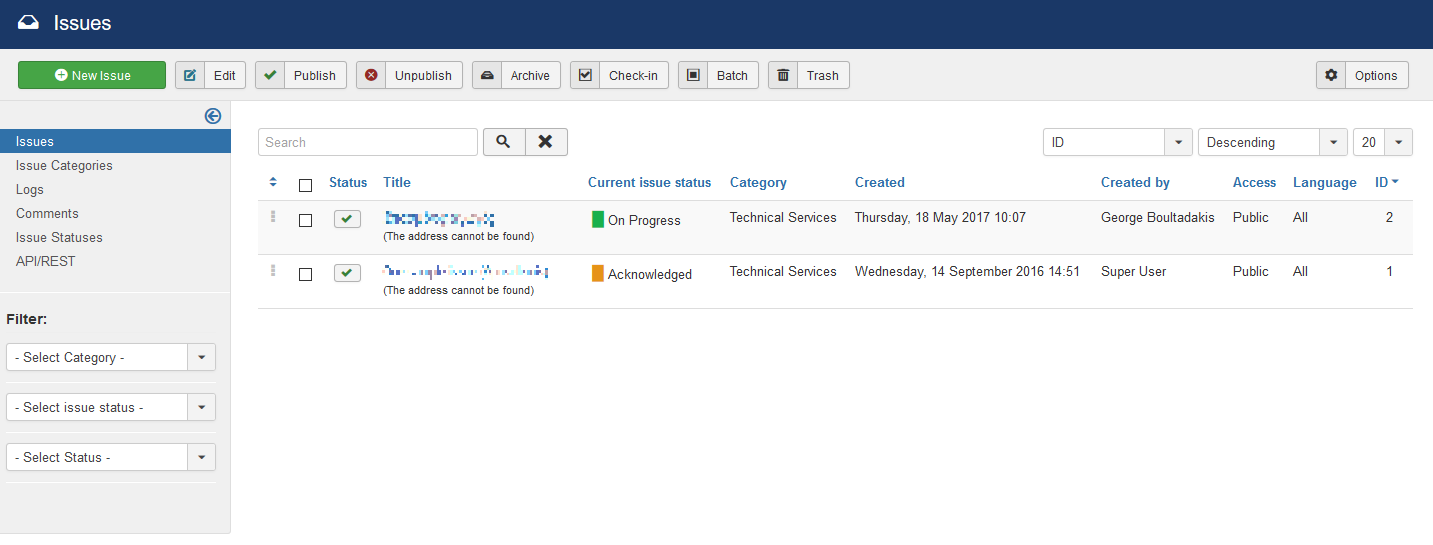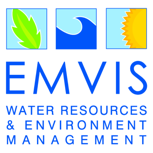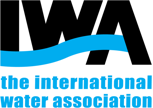* Following some reflections on the blurring of the line between science and citizens, you will find a sneak peek of the SPACE-O citizen engagement platform.
This year, Earth Day was marked by the launch of an international movement, March for Science, calling for scientists to come out of their ivory towers and share the importance of their work with the public. Living in a university town after recently graduating from an environmental and sustainability sciences program, enthusiasm erupted around me. The timing wasn’t coincidental. It was a counterpoint to the anti-science, particularly anti-climate science, agenda that had entered the political mainstream in the United States and elsewhere.
March for Science was meant to galvanize public interest in science at a time when the importance of participating in science and promoting the important contributions that science makes to decision-making and to the democratic process seemed ever more critical and urgent.
The scientific process, while meant to be objective and unbiased, produces outcomes that have real social and political consequences. So why have science and scientists become so disengaged from public discourse? Three letters after your name doesn’t exempt you from wider societal debates. Enter citizen science, a nebulous concept, but one that might change the relationship between science and non-scientists.
Citizen Science is both an aim and enabler of open science. It can refer to citizens ‘doing science’, for example, through crowdsourcing. Or it can mean greater public understanding of science through greater access to information about the research process. Or citizen science can be the ability of the public to engage with scientists through more ‘open’ communication.
Citizen scientists can feel empowered and motivated to contribute more of their time to science projects. This is not always the case. For example, recent research has shown that maintaining the motivation of crowdsourced citizen scientists is challenging and calls to action and public outreach activities are important. Scientists must work with citizens and governments, but if citizens are to continue to contribute to science, both scientists and citizens alike must find innovative ways to conduct science and produce outcomes that are meaningful for both.
ICT proliferation and the age of the digital application – Implications for citizen science
When discussing citizen science in action, it’s hard to not think about how information and communication technologies (ICTs) have changed how we connect as people, and how we access and use information. Now viewed as a human right, access to the internet is revitalizing the ways in which the contemporary citizen can participate in society. There’s an app for this and that. The costs of sensing technologies and mapping technologies have dropped significantly. Open data is everywhere, and the digital interfaces that support them now allow citizens to input, analyse and interpret data.
An open invitation to citizens to innovate – The Hackathon
I recently participated as a citizen scientist in a hackathon organized by Hack the Planet, called Border Sessions. A hackathon is a form of crowdsourcing, where participants from diverse backgrounds and expertise aim to develop innovative solutions to problems. Hackathons can be seen as pop-up laboratories offering citizens the chance to explore problems from innovative angles and craft novel solutions, an experience normally reserved for experts, scientists and entrepreneurs.
Our challenge was to solve complex social and environmental challenges with pragmatic technological solutions. My team was tasked with designing a digital application for managing household income for low-income and averagely financially literate families. It’s hard to describe what happens when you enclose a group of strangers with backgrounds in AI development, water governance, fintech, nanotechnology and social entrepreneurship in a room together and task them with designing an app for a specific target group.
Did I feel empowered? Definitely. Would I do it again? Absolutely.
The hackathon model stems from the understanding that novel ideas emerge at the confluence of rich and diverse knowledge inputs. Citizen science may not provide all the answers, but in an increasingly complex world, it provides a way to break down silos, bring new ideas to bear on persistent problems and engage citizens in decisions that affect them.
Enabling citizens to help water utilities better manage water quality
Water utilities have a head start on engaging people in citizen science: they already have a customer base with a vested interest in improving the quality of their services. Very few, however, have embraced the digital application revolution to engage their customers as citizen scientists. Digital water quality reporting applications offer a decentralized approach to in-situ data collection, and can contribute to more efficient water management operations.
In Europe, as in other parts of the world, freshwater resources are limited and face increasing pressures, including from climate change, which could have severe consequences for water quality. To address this, the IWA is working with a consortium of organisations on a water quality forecasting platform to optimize decision-making in water supply services: SPACE-O.
SPACE-O has developed a unique application that enables citizens to share water quality problems by collecting data that can help identify sources of potential problems, or incidents that directly affect water quality, such as cyanobacteria blooms, water leakages or toxic waste. The application makes water utility customers key players in the management of water quality.
Apart from problem reporting, the application allows users to suggest improvements to water supply infrastructure. The collected data enables water utility operators, and regional water resource managers, to respond in a timely and appropriate fashion to problems. This can help protect people and wildlife from harm, but also ensures greater sustainability of water resources, for example by preventing environmental pollution caused by human activities or preventing water theft.
The collected data are geo-referenced and can be used at regional and national scale, as well as across agencies and organisations, resulting in a powerful and empowering tool for citizens. Finally it allows citizens to collaboratively address a growing concern: maintaining water quality in the face of climate change.
Crowdsourcing data for water quality monitoring has the potential to be a powerful tool to engage citizens not as customers, but as water scientists, a concept that the World Bank describes as offering a “tantalizing promise of scale, spatial resolution, cost effectiveness, and local engagement, but it’s no simple task”.
The potential of the SPACE-O citizen engagement application, and others like it, lies in striking a balance between innovative design, innovations in low cost and intuitive water quality testing and two-way collaboration between citizens and utilities.
Sneak Peek – SPACE-O citizen engagement platform
Citizen involvement in SPACE-O starts by accessing the application online either through the website or mobile app. Once the application is launched it is easy for users to report a water-related problem or suggest an improvement. A map function enables people to determine the exact location of any issues they’re reporting, as well as the ability to add text, photos and video. Most importantly, it continuously informs citizens of the resolution process, showing how their participation has resulted in action and improvement.

The application:
- makes it easy for anyone to report a water related problem or suggest an improvement, by allowing citizens to report issues from their home using the web version, or while on the street using the mobile app (iOS & Android);
- enables citizens to determine the exact location of their issues by offering a map, thus facilitating citizens in determining the exact location of their issue;
- requires minimum citizen effort by providing only the necessary information to locate and resolve the issue, such as title, description, location and category;
- allows citizens to provide more details, when available, using text, photos, video and comments;
- continuously informs citizens on the resolution process;
- promotes citizen engagement by allowing them to provide their comments and ratings;
- offers effective and distributed management by splitting the administration effort across different departments as the issues are automatically routed to the responsible officer.
Easy to use, robust analytics and reporting
The system is fully customisable in terms of user rights, number and nature of categories, notification rules and localization settings, something that helps water utility personnel during the problem solving process. In particular, the administration back-end:
- Presents a list of issues with the essential information and a detailed page per issue with the full set of submitted details.
- Routes the issues automatically not only to the appropriate department but also to the inbox of the responsible officer.
- Provides feedback to the citizens giving explanations for each specific case.
- Assigns one or more officers per category and splits the administration effort across the water utility operator departments.
- Monitors the progress and informs citizens by email about the issue’s resolution process.

Robust Analytics & Reporting
The application offers new insights through the analysis of citizens’ data. The analytics and reporting module allows water utility operators to gain new insights through the analysis of citizens’ data and to communicate that through interactive visualizations that combine temporal filters with free keyword-based search.
This blog was co-written by Shona Jenkins from the International Water Association & Alkiviadis Giannakoulias from European Dynamics.
If you are interested in joining the discussion on the use of Earth Observation for Improved Water Management, visit our discussion group dedicated to the topic at the International Water Association’s IWA Connect. If you are not yet a member of IWA Connect, you can easily join as a network member for free here. Once you are logged-in, you can access the discussion group here.









